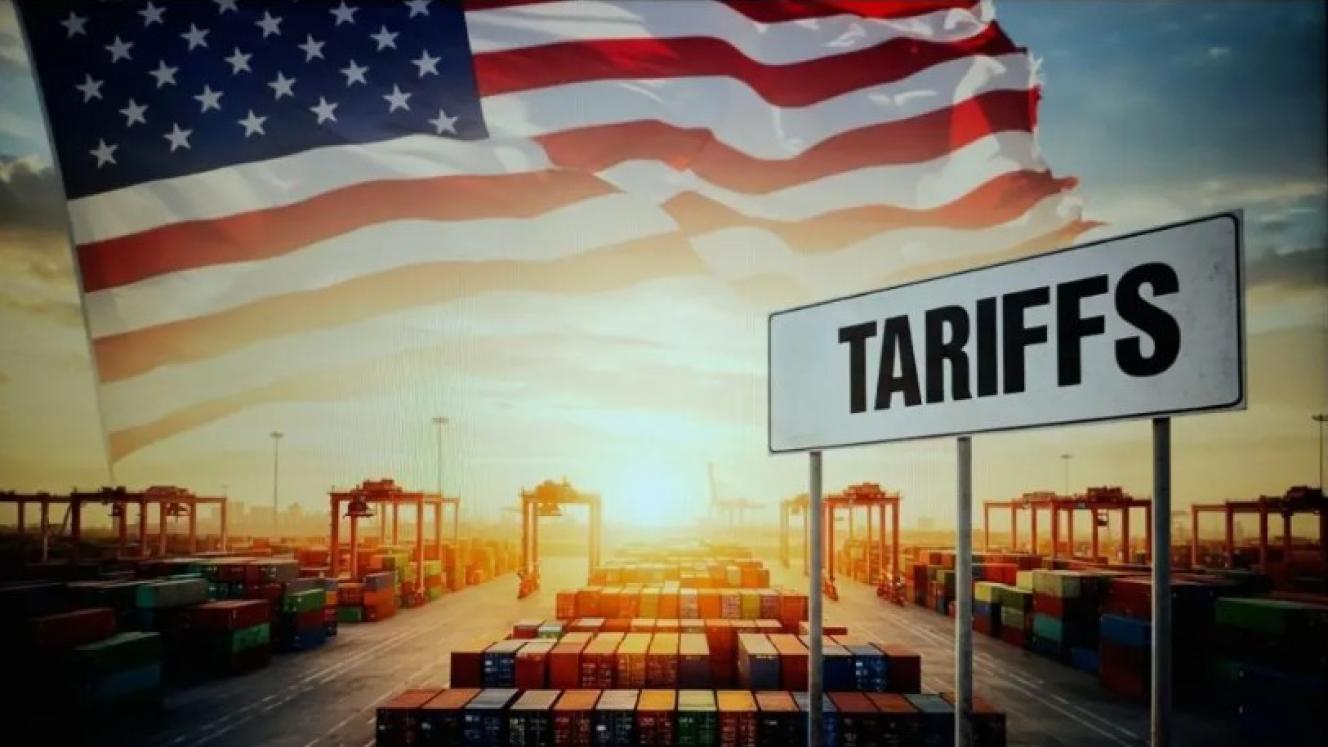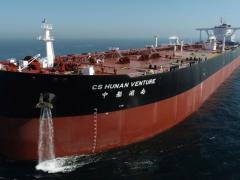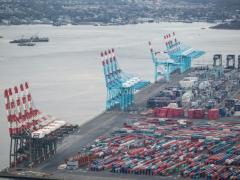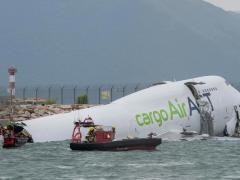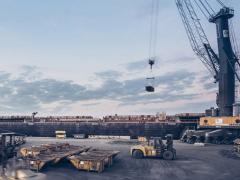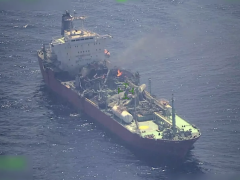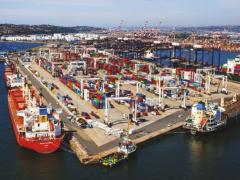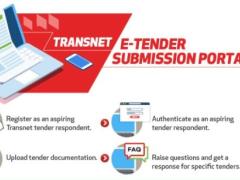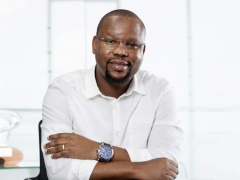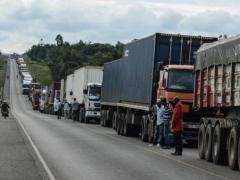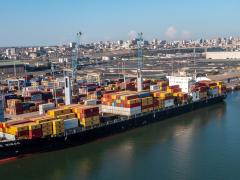As Mozambique intensifies efforts to align more closely with regional trade networks, addressing persistent infrastructure bottlenecks must remain at the forefront of its development agenda, says Desiderio Fernandes, president of the Federation of Clearing and Forwarding Associations of Sovereign Africa (FCFASA). According to him, early green shoots of stability are emerging after a year overshadowed by violence and political turmoil in the wake of the late-2024 elections. “There have been some very positive developments arising from the challenges we’ve faced,” he told Freight News. “The government is now more committed to investing in infrastructure and tackling the ongoing issues that have held us back.” He said with volumes picking up across all of Mozambique’s corridors – predominantly Beira and Maputo – there was a renewed sense of optimism and opportunity within the logistics and trade sectors. “With that has come a commitment from government to address the challenges and increase infrastructure investment,” he said. In Beira, a long-awaited road project that has been on the cards for the past decade is finally moving forward. The plan involves constructing a bypass road from the port gate that will connect directly to the main highway near Mafambisse, some 70km from Beira. “This is a critical development considering the severe congestion at the port entry,” Fernandes explained. “With only a single lane for entry and exit, there’s a strangulated bottleneck with around 1000 vehicles moving through the port each day, causing massive delays and road congestion.” He said the new bypass would significantly ease pressure on the existing road network, especially for transit vehicles. “There is also talk of designated lay-by areas where trucks can wait before being called to the port once their stack slots are confirmed.” While acknowledging that it may still take about two years for the project to be completed, Fernandes welcomed the renewed momentum behind such initiatives. “The traction we’re seeing now and the effort to accelerate long-delayed projects like this, are very positive signs,” he added. He said it was important for countries in the region to pursue infrastructure development collectively and not in isolation, by coordinating their efforts within the region. “SADC shares this outlook, and there is now agreement among member states that infrastructure investment should be corridor- linked,” he explained. “At present, one of the biggest challenges we continue to face is the lack of digital interconnectivity between countries in the region. For a country like Mozambique, which handles such a high volume of transit cargo, integration and alignment with hinterland/landlinked nations is absolutely critical.” Fernandes said the same principle applied to customs operations. “The single biggest challenge remains the lack of digital interconnectivity/data exchange between countries,” he noted. “While all customs administrations across the region have now digitalised their systems, they differ widely and operate at varying levels of integration. As a region, we still have a long way to go before cargo can move seamlessly – it remains our Achilles heel.” He said, at the moment, the impact of this lack of harmonised data interconnectivity was particularly evident between Mozambique and Zimbabwe, where inefficiencies not only caused massive delays but also drove up logistics costs. “Harare is only about 600km from Beira, Mozambique, and it should be a two-day round trip at most,” said Fernandes. “In reality, it now takes around five to seven days for a truck to travel from Beira to Harare and back, with at least four of those days lost waiting at the border post.” LV
